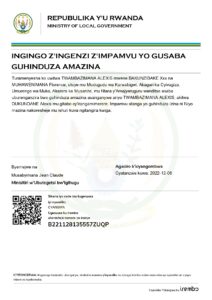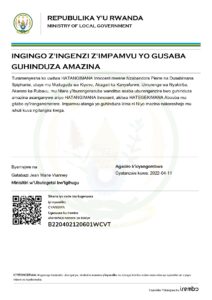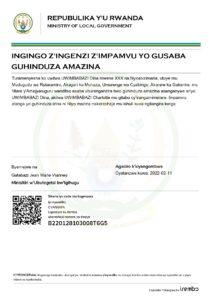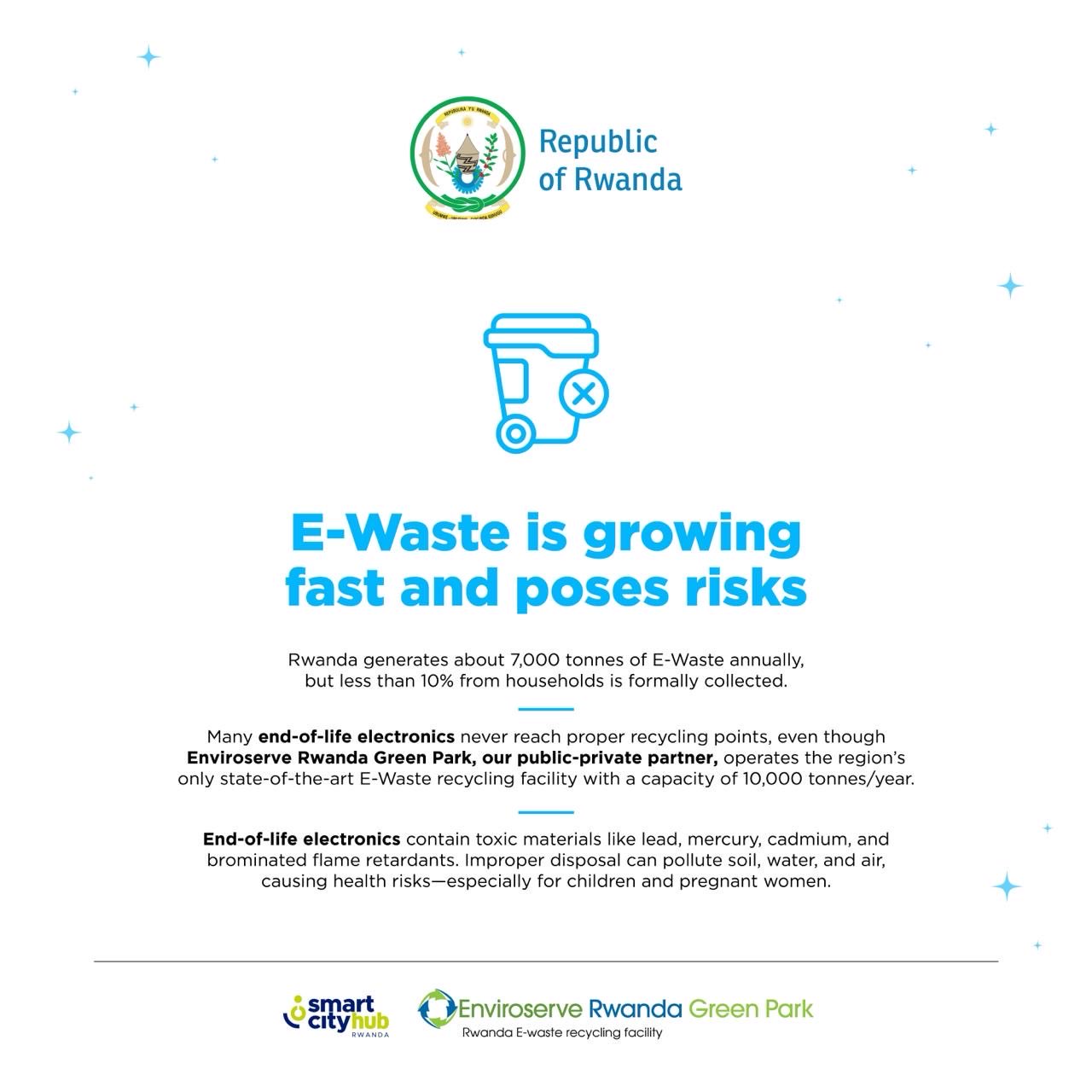
Aerial view of Sehel Island (Elephantine) near Aswan in Eygpt, 2008. Seen from a hotel roof southeast of the island. Sailboats and small tourist boats.
Research on the source of the Nile is often controversial, as some believe that the source of the Nile is in the green forest of Nyungwe in Rwanda, while others believe that the source of the Nile is in Burundi in the Ruvyironza River. Some say it originated in Uganda and Lake Victoria.
The World Science Center on the site www.news.nationalgeographic.com, which studies that the Englishman Neil Mc Grigor, and the New Zealander Garth Macintyre and the team of Dr. Kate Heathcote and George (…)
Research on the source of the Nile is often controversial, as some believe that the source of the Nile is in the green forest of Nyungwe in Rwanda, while others believe that the source of the Nile is in Burundi in the Ruvyironza River. Some say it originated in Uganda and Lake Victoria.
The World Science Center on the site www.news.nationalgeographic.com, which say that the Englishman Neil Mc Grigor, and the New Zealander Garth Macintyre and the team of Dr. Kate Heathcote and George Heathcote, in their research, have found the source of the Nile in Nyungwe Forest, which is now Nyungwe National Park.
According to Wikipedia, the source of the Nile originates in Rwanda, flowing through countries like Burundi, Tanzania, Uganda, South Sudan, Sudan, Ethiopia, and Egypt. In 1858, Scottish explorer John Hanning discovered that the source of the Nile originates in East Africa where the countries of Kenya, Tanzania and Uganda meet in Lake Victoria.
National Geographic reveals that in 2006 there was a survey which showed that the source of the Nile is in Rwanda at Nyungwe. The research was conducted by the Ascend the Nile team, which used the latest technology in earth science research.
This was reported by Cam McLeay, who led the Ascend the Nile team, who said: “We know for certain that this is the case, as we have collected enough information about the source of the Nile to determine where finds the highest source of the Nile. Using the expertise of technology and GPS, we find that the length of the Nile is about seven thousand kilometers (7000 km).”
Juan Jose Valdes, chief cartographer of the National Geographic Society said; “The problem of the Nile is like that of the Amazon. Knowing its size is problematic, which is why the National Geographic Society confirms that the source of the Nile has its source in Rwanda and has another source in the country of Burundi.
Many scholars believe that the source of the Nile is in Rwanda because it originates in the Rukarara River which originates in the Nyungwe Forest.
Researchers have shown that the Nile has a source in Rwanda, this source that comes out of Rwanda is the Akagera River, which flows into Lake Victoria in Uganda, at Ripon Falls near Jinja, and it emerges called “Victoria Nile”. The Victoria Nile flows for 500 kilometers and empties into Lake Kyoga, then Lake Albert.
It is often said that the source of the Nile comes from Lake Victoria in Uganda where the water of the Akagera flows. It is said to flow from Victoria near the town of Bukoba in Tanzania. This river is said to have its source in Ruvyironza in Bururi province in Burundi, or in the Nyungwe forest in Rwanda, from where the Nyabarongo river originates.
These two rivers would meet at Rusumo on the border of Rwanda and Tanzania. Although many disagree on the source of the Nile, recent research, according to Wikipedia, has shown that the source of the Nile is a river that originates at Rukarara in the Nyungwe forest in Rwanda, which is the source of the first long river on Earth.
Others who visit Rwanda say the source of the Nile is in Rwanda at Gisozu, while others say the source comes from Jinja in Uganda where Lake Victoria empties into the Nile Valley. This water becomes more and more important and produces a great river that comes out of the Nile, which is the land of Egypt in all respects, both for agriculture and fishing. The name Nile means great river.
The Nile has its source in Rwanda in the Nyungwe forest, it is a river which is important for many countries which are mainly desert such as Sudan, Ethiopia and Egypt because apart from the water itself, they mainly benefit from what the rain has eroded in. There are rivers that produce their own water, which becomes fertilizer for the crops grown in the Nile.
The Nile has its source in Rwanda in the Nyungwe forest, it is a river which is important for many countries which are mainly desert such as Sudan, Ethiopia and Egypt because apart from the water itself, they mainly benefit from what the rain has eroded in. There are rivers that produce their own water, which becomes fertilizer for the crops grown in the Nile.
The Nile has two parts, the part of the Great Lakes region being called the White Nile in the countries of Rwanda, Tanzania, Uganda and South Sudan. Another part of the Nile is called the Blue Nile, which flows from Lake Tana in Ethiopia. These two areas meet in the Sudanese capital of Khartoum. This water flows from the “Delta” into the Mediterranean Sea.
From the source to the Mediterranean
The Nile rises at Nyungwe in the Rukarara River and continues to mix with Mwogo giving rise to Nyabarongo and continues to flow into other rivers to give rise to Akanyaru, and from the Akagera flows into Lake Victoria in Uganda, at Ripon Falls near Jinja, where the water comes out called Victoria Nile. It empties into Lake Kyoga and Lake Albert.
As the Nile continues into South Sudan, it is called Bahr al Jabal, which means mountain sea. The Nile continues into Lake Ihura and the lake is called Bahr al Abyad, which means “White Nile”.
The White Nile enters Sudan and meets the Blue Nile north of Sudan’s capital, Khartoum. In northern Sudan, the Nile empties into Lake Nasser (the lake in Sudan known as Nubia) where it has its largest tributary in Egypt. When it reaches Egypt, north of the capital, Cairo, the Nile splits into two parts which flow into the Mediterranean Sea.
Nile water began to be used for irrigation 4000 BC
The Nile is used for agriculture and hydroelectricity, especially in the desert countries of Northeast Africa. Nile irrigation began 4000 BC in Egypt. The country is now home to many irrigation dams.
The Nile has been improved by dams for electricity since 1902, the Aswan dam was built which was the first in this country, then many other dams were built so Ethiopia recently entered into a war with Egypt and they killed the dam that Ethiopia wants to build on the Nile. Egypt says this would lead to a significant decrease in the water in the Nile.
In addition to the fact that this water is produced in all ways in the countries it passes through, such as Egypt and Sudan, where they produce electricity and are used in irrigated agriculture, and the country of l Uganda currently uses it to generate electricity.
In the country of Sudan, the water of this river is of great importance for the people of agriculture. In Rwanda, this water has started to be used for electricity generation projects at the Nyabarongo and Rusumo dams, which are currently under construction. There is a water point.
It is currently necessary to agree on a treaty for the use and sharing of the waters of the Nile. On February 22, 1999, the countries that were part of the “Nile Basin Initiative (NBI)” project joined this organization, with the aim of preserving and maintaining the Nile basin, so that all countries work together to achieve a development based on sharing the benefits of the natural resources of the Nile. The Conference of Ministers Responsible for Water and Environment in the Nile Basin Countries, in 2006, decided that every February 22 would be celebrated as the annual Nile Basin Day, an event of celebrations that take place in level of each country of the member countries of the organization will take into account the importance of the Nile
Eric TWAHIRWA








